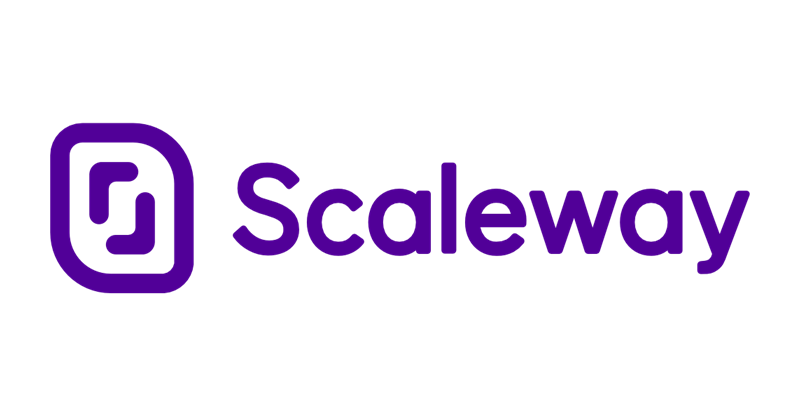
In July, Sweden’s payments firm Klarna marked a drop in valuation at $6.7 billion, down from $46 billion in June 2021. The buy-now-pay-later firm — which was once seen as Europe’s most valuable private tech company — recorded its first ever large-scale layoffs in May as it shed 10% of its staff. Similarly, Berlin’s once fast-growing rapid grocery delivery startup Gorillas recently laid off 300 employees.
Between the global economic downturn and poor public market performance, Europe’s world of tech is currently facing a major decline in venture funding, sliding to its lowest point in nearly two years. Investments in EU startups for the third quarter totaled $16 billion, a 44% year over year drop from $28 billion in the third quarter of 2021.
Rising inflation, the war in Ukraine, and Europe’s energy crisis are increasing costs for businesses, while at the same time making it more difficult to attract new customers.
With pressure from VC firms mounting, startups are now bracing for potential hardships ahead by cutting expenses. This has led to mass layoffs across the sector and a move towards ‘lean’ spending strategies. But, while founders are reviewing budgets up and down looking to trim as much as possible in order to stay afloat, one major spend has been left largely untouched: cloud services.
While the shift to the cloud was intended to reduce computing costs, many companies that have adopted these services are facing a surge in spending. Contract lock-ins and egress fees are making it impossible to leave. In fact, some argue that the cloud could be costing many businesses more than it’s actually saving.
EU startups’ dependence on ‘big three’ cloud providers
While the shift to the cloud was a novel approach just a few short years ago, it’s quickly become a necessity to stay competitive in our data driven world.
Without the capacity to handle all this incoming data, many businesses have shifted their office software, databases, payroll programs, and customer websites to external cloud providers, with US-based Big Tech firms holding the majority of the market. Data from Synergy Research Group shows that Amazon Web Services (AWS), Google Cloud Platform (GCP) and Microsoft’s Azure make up 72% of the EU cloud market.
The problem for startups is that a lot of these large cloud providers make it free to transfer data to their cloud architecture, charging nothing in ingress fees. But, as a startup’s cloud needs fluctuate along with the ebb and flow of the business, many later find they have to pay egress fees just to move their data out of the system. Those who can’t afford the fees simply have to keep their data where it is, essentially being locked into the contract.
Currently, AWS charges between $0.08 to $0.12 per GB in egress fees, meanwhile Google Cloud and Microsoft Azure charge $0.08 and $0.05 per GB respectively for inter-continental data transfers from North America to Europe.
According to Yann Lechelle, CEO of EU-based cloud provider Scaleway, startups often accept six-figure cloud credits from AWS, GCP, and Azure and take on products and services that they don’t always need, because they seem free.
You may have credits, but sooner or later you’ll have to pay hefty bills.
Not only does this prevent startups from moving their data as the business needs change, as we covered in the past, it’s also risky to rely on one cloud service provider, in terms of both security and the potential for outages.
Because the infrastructure of the cloud is owned and managed by the service provider, businesses often don’t feel they have enough control. In fact, 65% of French startups feel they’re too dependent on GAFAM services.
European startups need a paradigm shift
EU policymakers were not oblivious to this. Following a long, drawn out discussion between stakeholders and civil society, the European Commission introduced the European Data Act in February 2022 which, among other new data regulations, also looks at improving data service interoperability by addressing costs associated with switching vendors.
Taking aim specifically at Big Tech’s monopoly on the market, the Act specifically mentions:
SMEs will be protected against unfair contractual terms imposed by a party enjoying a significantly stronger market position.
However, the provisions haven’t been adopted yet with discussions at the EU level still ongoing. Some worry that the provisions don’t go far enough to improve interoperability and market conditions for EU cloud providers. Meanwhile, others are concerned that exceptions will be made for certain providers.
Whatever happens at the regulation level, there are some things startups can do to optimize their cloud spending.
What startups can do
Cloud can be a game changer, but you need a sound strategy and continuous oversight to make it really work for your business.
According to Miguel Angel Borrega, Senior Director Analyst, Gartner:
Through 2024, 80% of companies that are unaware of the mistakes made in their cloud adoption will overspend by 20 to 50%.
Many VC firms are encouraging their portfolio companies to make proactive decisions that can help them navigate the current downturn. One way to stay in line with both budget and operational needs is by evaluating your workload to better understand how cloud costs can match up to business performance targets. This doesn’t mean cutting back on quality and features, but choosing the cloud providers and products best suited to your company’s needs.
Here are a few tips to follow:
Build a smart multi-cloud strategy
Rather than relying on a sole cloud provider, many startups are now adopting multi-cloud strategies across multiple vendors. The cloud space has seen new innovations in recent years, and over 93% of enterprises already use a multi-cloud strategy in some shape or form.
Consider what parts of your business’ data need to be stored on public vs private servers. Decide which cloud vendors are best for your different departments’ needs. For example, you may need more storage and functionality for your logistics operations vs HR.
Check out our guide to building a multi-cloud strategy here.
Take advantage of reserved instances and other discounts
One of the best things about building a multi-cloud strategy is that you can make the most out of the different reserved instances and other cost-saving features on offer. There can also be significant discounts available to companies making large investments with a sole provider, but the downside to this is that the discounts often come with a vendor lock-in. This makes it difficult or more expensive to switch to other cloud providers when they want to.
Startups can avoid this situation by starting off with a small set of applications to find out what works best. This way, you can walk away from what doesn’t address your company’s needs, without being forced to commit to a particular cloud service.
Look into cost-saving cloud technology
Numerous cloud providers today offer products and services that allow startups to make significant cost savings. Serverless technology, for example, only incurs costs when it’s being used, so you don’t pay for an “always-on” service. Kubernetes autoscaling allows for resources to be added when needed — for example during website traffic peaks — and removed when they’re not, meaning once again you only pay for what you need.
Join the “Next 100 Startups” program
European startups can also take advantage of Scaleway’s new program: The Next 100 Startups Shaping Europe’s Future. The program is aimed at identifying Europe’s next 100 unicorns and will partially cover these businesses’ cloud costs over a period of 24 months to help them reduce their burn rate and help them find autonomous success.

According to Lechelle:
As entrepreneurs, we are optimistic, we don’t see barriers. You use that mindset to bring you forwards. But there’s always a reality check at some point, and that’s cost. Cloud credits encourage people to build things like they don’t cost anything. You may have credits, but sooner or later you’ll have to pay the bills. That’s why we’ve created a new downwards discount rate, so you can phase out your spend over two years.
The program is open for applications, so apply now!
Get the TNW newsletter
Get the most important tech news in your inbox each week.




